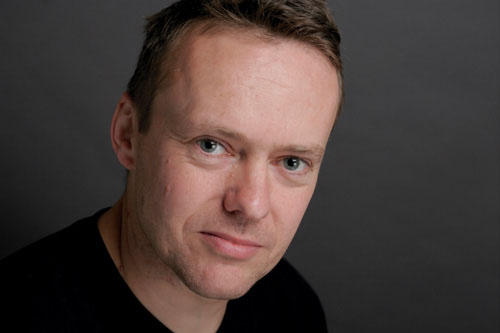Getting in with youth culture
The world of brand communication has embarked on a period of rapid change. The conventional advertising ‘one to many’ broadcast model is being replaced by a ‘many to many’ informal process, where the dialogue between brand and consumers is being controlle

It can take more than traditional internships to encourage some talent – and make it a worthwhile process. Simon Crab on his experience in east London
The world of brand communication has embarked on a period of rapid change. The conventional advertising ‘one to many’ broadcast model is being replaced by a ‘many to many’ informal process, where the dialogue between brand and consumers is being controlled by the consumers themselves. This communication is becoming less of a formal process, moving to an ever-shifting and difficult to predict series of combining technologies and behaviours: online (and offline) communities, blogs, aggregation, syndication, location-based services, flash mobs, ad blockers, behavioural targeting, targeting blockers, twitters, flickrs and widgets…
If creative industries are to operate effectively in this changing climate they must adapt and evolve. Creative groups are ill equipped to engage with this new landscape, where building deep relationships with communities and individuals is key. Part of the reason for this is the homogeneous make-up of creative groups, commonly the exclusive domain of west London, white, middle class males. Another reason is the hermetic consultancy structure of creative director, art director and copywriter owning and controlling the ‘creative idea’. To move forward these groups must extend their gene pool of influence and inspiration beyond the instinctual and analytical methods of the advertising world.
Finding good new creative talent is becoming increasingly difficult and expensive. Interns and postgraduate students are useful if you can find a raw diamond, but it often takes resources and time for them to get to grips with the commercial world. Creative directors like myself, who are responsible for nurturing talent, need to take a creative approach to resolve this problem.
At Lateral, we have been looking at new and innovative methods of not just attracting new talent, but bringing inspiration and insight into the group. For the past two years I have been a trustee of east London arts and education trust Space Studios. During this period we have co-created a number of projects aimed at getting creative talent from unrepresented groups in east London into the industry:Launchlab, Future TV and Channel 5.2 are new initiatives that aim to widen access to creative industries. Based in Hackney and co-funded by Hackney Community College, the project’s main constituency is the youth of east London, who share the same geographical space as the Shoreditch ‘creative quarter’, but have almost no representation within design consultancies or digital groups.
Instead of offering just training services, the idea is to create a ‘meta-group’ where students assume group-based roles during the course, specialising in project management, design or programming, yet maintaining the capacity to innovate. The students work on real-word projects in conjunction with a creative group, managing and controlling the course themselves along industry-established lines. This allows them not just to learn specific skills, but also to develop and appreciate ‘soft’ skills, like understanding the value and context of their work. This enables them to move easily into full employment within a creative group.
Creative groups often struggle to understand youth culture. Increasingly, brands want to be involved in this culture, be it music, design or fashion, yet their creative groups are increasingly distanced from it. Launchlab and Channel 5.2 aim to provide this kind of knowledge to groups direct from the source and act as a kind of consultancy on youth marketing. The Hackney students represent the new consumer – extremely brand aware, media literate and conscious of their power within brand communication. After all, they have grown up being the target of often ill-conceived and patronising youth marketing.
These projects are designed to provide mutual benefit between industry and students and create a social contract between the two parties. The students work part time at the college and part time within creative groups as a form of internship. They benefit from real-world industry training and the groups benefit from an injection of inspiration.
The trend of brand communication moving towards consumer engagement means that creative industries must engage with a wider constituency, go beyond the confines of recruitment agencies and design group methodology and bring in a wider set of skills, talent, inspiration and experience.
Simon Crab is creative director of Lateral
Raw talent
• Look beyond traditional sources of creative talent
• Offer training that will encourage both specific industry skills and softer skills
• See what trainees can teach you – they may be a link to your target community
-
Post a comment




